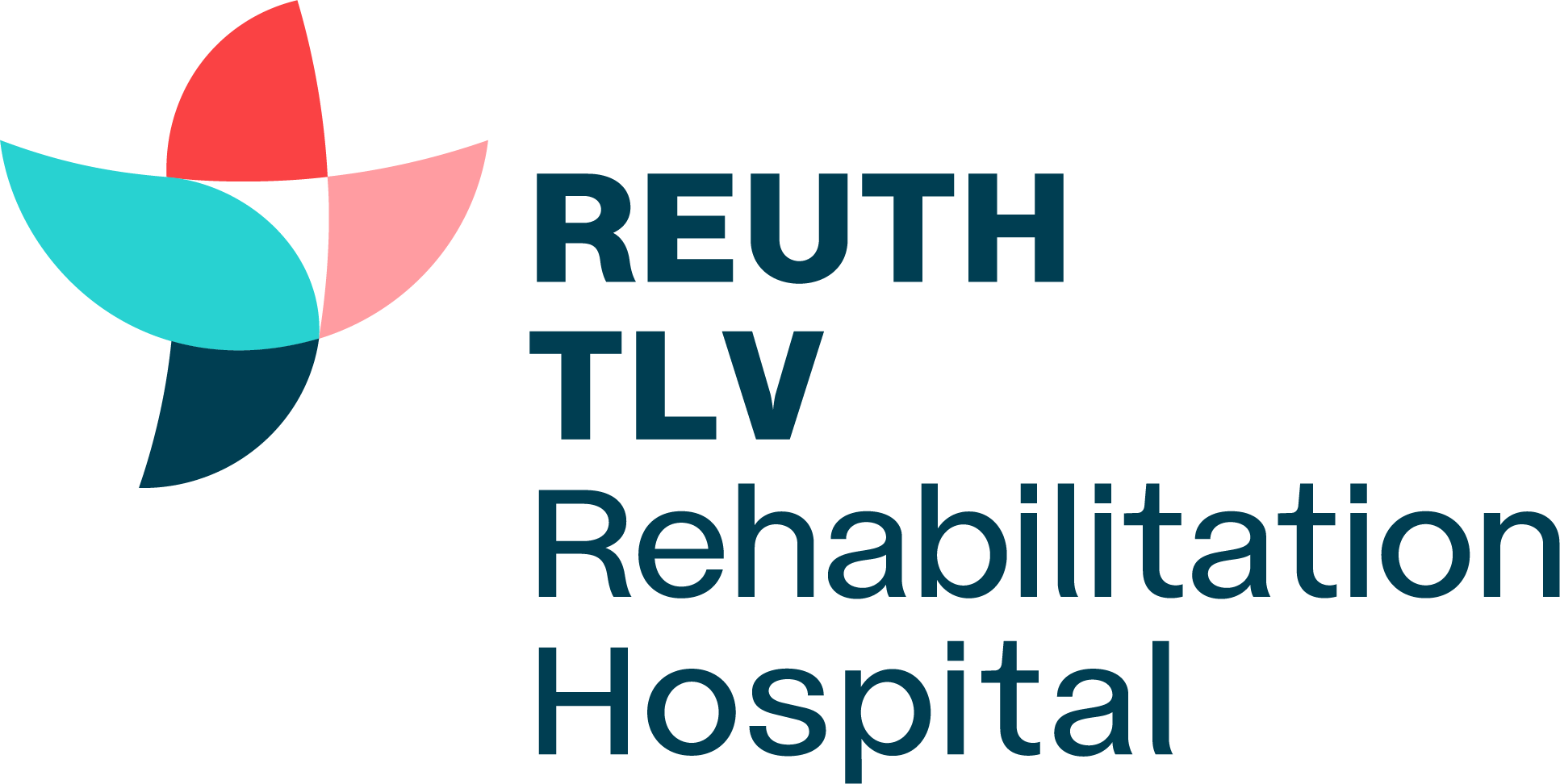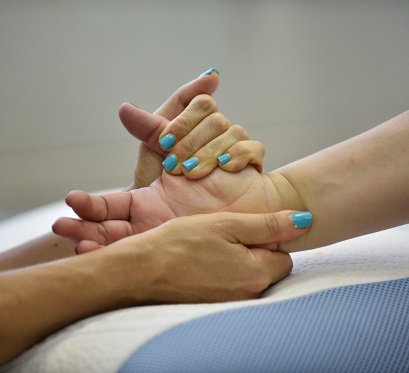Parkinson’s disease is a neurological disease with a progressive nature (deteriorates over time), and is derived from harm to the nerve cells that produce dopamine in the basal nuclei of the brain. The basal nuclei have a critical part in regulation and coordination of voluntary movement, and they are dependent on dopamine in order to work well. Furthermore, dopamine has a role in the brain’s cognitive processes including decision making, problem solving and transfer of attentiveness between stimuli. Amongst the main expressions of the disease – tremors, muscle rigidity, involuntary spasms, balance disorders and a tendency to fall, unclear and monotonous speech, deterioration in facial expressions, difficulty with swallowing. Alongside this there could be possible disorders in the digestive system, urination and incontinence. Many Parkinson’s patients report on a decrease in cognition over time, anxiety and depression.
Treatment for Parkinson’s
The main treatment is medicinal using medications that supply external dopamine to the brain or substances with an affect similar to dopamine. However, Parkinson’s Disease presents many challenges to those contending with it, and necessitates a multi-professional team in order to provide an overall solution for patients. Neurological rehabilitation teams can offer treatment intervention for a range of Parkinson’s conditions in an attempt to improve daily functioning.
Amongst the situations that can be treated within the framework of rehabilitation treatment are:
- Instability, difficulties with balance, a tendency to fall.
- General slowness of movement.
- Decrease in the ability to function independently on a daily basis – tremors that make holding objects difficult and for example affects the ability to eat independently and hold cutlery.
- Disorders in swallowing and unclear speech.
- Depression and cognitive deterioration.
The objective of rehabilitation is to empower the patient and encourage him to be as independent as possible and to improve the quality of his life. The objectives of individual rehabilitation treatment are determined together with the patient pursuant to the nature of his illness, the difficulties with which he is contending and his orders of preference.
The efficacy of the rehabilitation increases the more the process is performed by the rehabilitation team coordinated alongside the suitable medical treatment for each patient.
It is desirable that people suffering from Parksinson’s be aware of the basic rehabilitation treatments and the contribution that they could have for their functioning and their quality of life with the disease:
- Physiotherapy: physical activity to improve motor control of the limbs and the torso is recommended for Parkinson’s patients on a daily basis. It is recommended to perform multiple breathing exercises to increase the mobility of the chest and stretches and flexibility exercises to prevent shortening of the limbs due to rigidity. Exercises to strengthen muscles and walking on diverse surfaces is greatly recommended, and dynamic balancing exercises to prevent falling as far as possible.
- Speech therapy: exercises to strengthen the mouth, tongue and swallowing muscles can be modified and the ability to coordinate between the respiratory system and the swallowing system. At present exercises are recommended that preserve speech comprehension and a strong voice. In cases in which there are difficulties in eating and drinking, or a tendency for aspiration (involuntary aspiration of saliva or food particles into the lungs), one can learn exercises with this treatment to improve chewing and swallowing techniques – such as changing the positioning of the head or body, change of the textures of the food and more. Furthermore assessments may be carried out due to a decrease in linguistic and communication abilities and modification for individual treatment.
- Occupational therapy: treatment focussed on a range of daily functioning abilities, such as washing, dressing, cooking, walking, writing, participating in recreational and work activities. Furthermore it is possible to customize the treatment for cognitive disorders derived from fatigue or damage caused by the disease. Functioning rehabilitation in occupational therapy is personally customized pursuant to individual assessments for each patient.
- Emotional-psychological treatment: Parkinson’s is a disease with a progressive nature and thereby constitutes a continual threat that makes it difficult for the patient and his family to cope. A significant part of the rehabilitation process is learning effective coping strategies for the anticipated deterioration of the disease and the functional harm if there is such.
- Professional rehabilitation: the objective of the rehabilitation team is to offer the patient, as far as possible, maximum independence in his daily life, including an examination of the difficulties at his workplace, modification of equipment or work processes to the needs of the patient with the cooperation of the employer, and if necessary – suitable professional retraining.
The information presented in this article is general. It does not constitute medical advice or replace consultation with a physician. It should not be regarded as a recommendation or an alternative for medical treatment.
The information presented in the English website is partial. For full info please visit our Hebrew website
(image is for demonstration purposes unsplash)

 donation
donation 




“Reuth Information Center”, All rights reserved to Reuth rehabilitation hospital. Reuth Information Center is an informational site only. All information on the Website is not a replacement or a substitute for medical, legal, economic, consumer, financial or other advice and any use of the information on the Website is solely the responsibility of the User. Surfing is subject to Terms of Use.